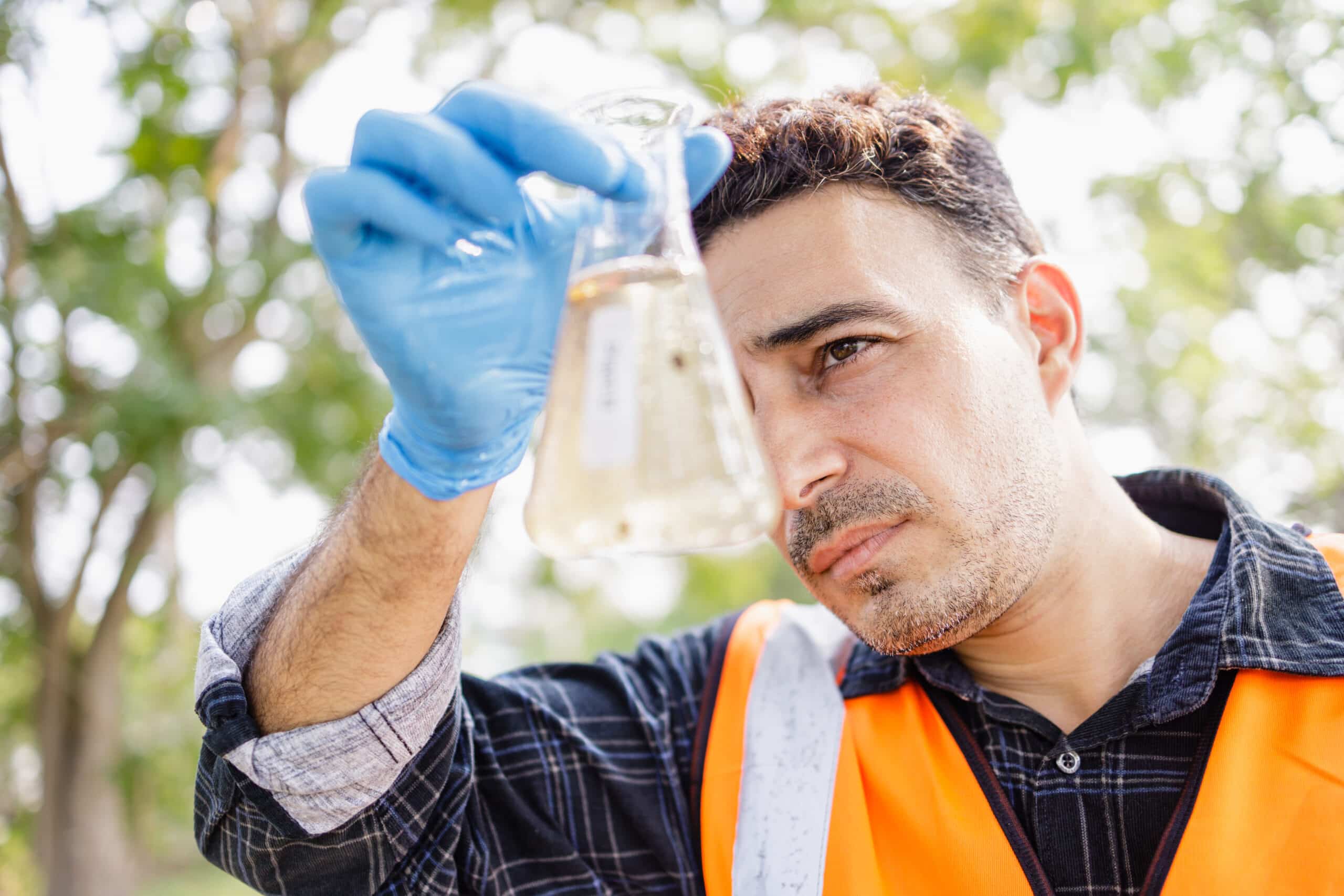Regulated waste disposal refers to the disposal of hazardous waste that is subject to regulations and oversight by the United States Environmental Protection Agency (EPA) under the Resource Conservation and Recovery Act (RCRA). These regulations set standards for the storage, transportation, and disposal of hazardous waste to protect public health and the environment from the potential hazards associated with these materials.
Examples of regulated hazardous waste include pesticides, batteries, and certain types of industrial chemicals. Regulated hazardous waste must be managed and disposed of in a specific manner as per the RCRA regulations, which typically includes the use of approved disposal facilities and transportation requirements.
On the other hand, nonregulated waste disposal refers to the disposal of waste that is not considered hazardous and is not subject to the regulations and oversight of the EPA under RCRA. Examples of nonregulated waste include common household trash, food waste, and yard waste. Nonregulated waste can typically be disposed of in landfills or through other common waste management methods.
It’s important to note that just because a waste is nonregulated, it doesn’t mean that it’s not hazardous to the environment, and proper disposal of non-regulated waste is still important to maintain public health and the environment.

